Keep your tootsies soft and smooth all summer long
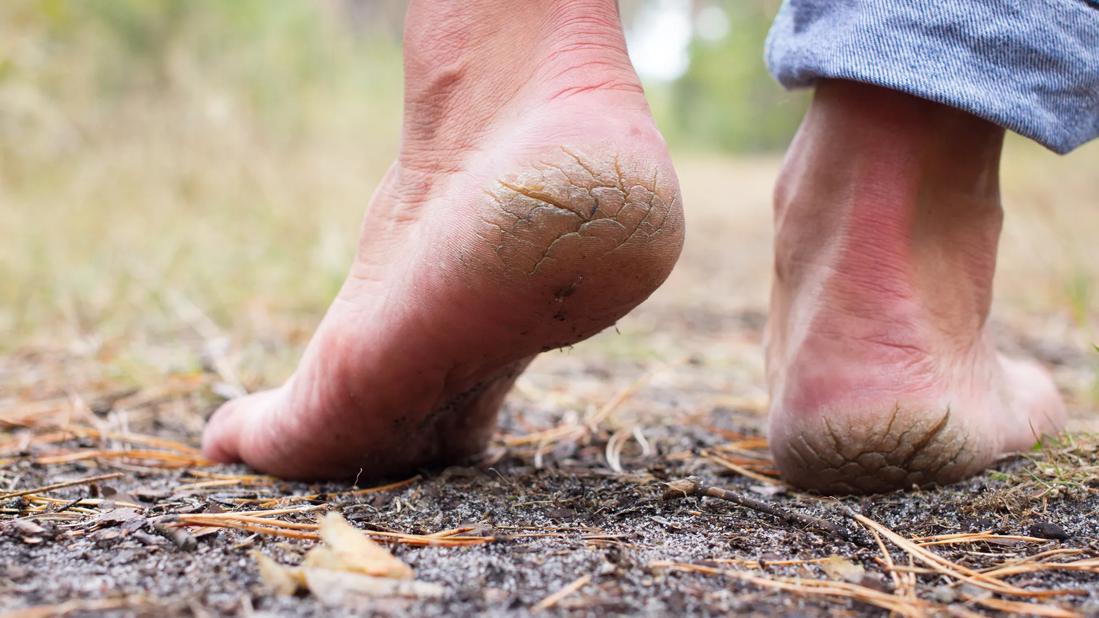
Yesss, it’s finally summer! Ready to show off that pedicure?
Advertisement
Cleveland Clinic is a non-profit academic medical center. Advertising on our site helps support our mission. We do not endorse non-Cleveland Clinic products or services. Policy
…no? Well, don’t be embarrassed or ashamed. There are some things you can do to get your feet ready for primetime.
If you’re tired of dry heels dulling the joy of sandal season, dermatologist Wyatt Andrasik, MD, has some expert advice on taking them from dusty, crusty and desert-like to smooth, satiny and sensational.
Ugh, there’s nothing like feeling a dry, sandpapery heel graze against your leg or watching it snag a new pair of tights. But why do our heels become so rough and dry in the first place?
“Dry skin is common and can be caused by a variety of things,” Dr. Andrasik says. “Often, it’s a combination of a few different factors.”
These factors include:
Sometimes, though, dry skin can be a sign of a more serious underlying condition. “Dry, flaky skin can be a sign of atopic dermatitis, or eczema, a fungal infection or nutritional deficiencies, among others,” Dr. Andrasik says. And in some cases, dry, cracked skin on the heels could signify diabetes.
Advertisement
If you’re dealing with an underlying condition, it’s best to seek treatment from your healthcare provider rather than try to get rid of the dry skin on your own.
If your situation stems from a lack of heel care instead of an underlying medical condition, there are some things you can do to take your heels from Brillo® to buttery soft. Dr. Andrasik shares tips for taking care of those tough tootsies.
You should wash your feet daily using water that’s not too hot; lukewarm is best. Taking care not to scrub, use a gentle, fragrance-free soap, like Dove® Sensitive Skin Beauty Bar or Cetaphil® Gentle Skin Cleanser.
It’s OK to soak your feet for a few minutes, but just a few. “You don’t want to soak them too long, or you risk weakening the skin barrier, which allows for excessive moisture loss,” Dr. Andrasik says.
After you soak or shower, dry your feet and slather them with lotion or cream. “Look for products with ceramides, which are molecules that help trap water in the skin and restore its natural barrier,” Dr. Andrasik says.
After you’ve lotioned up, give it a couple of minutes to sink in. You can use an occlusive ointment such as Vaseline®, which creates something of a sealant to secure the moisture you’ve just applied.
Not a sock person? It might be time to reconsider — overnight, at least. Slip into thin, 100% cotton socks to retain the moisture in your feet while you sleep.
Once you’ve gotten those heels back on track, how can you keep them that way? Here’s how to establish a heel care routine that will help ensure that your feet are sandal-ready any time of year.
Yes, really! Twice a day. Dr. Andrasik recommends trying an exfoliating moisturizer like an over-the-counter urea cream or AmLactin® lotion, which will help remove dead skin and keep those heels soft and supple.
That sock habit is one you should adopt more often, not just when your heels are in need. You may not think of socks as a protective garment, but they help protect your feet from the outside world.
“Socks add an additional layer between your skin and the environment and can limit damage to the outer layer of the skin,” Dr. Andrasik says.
The skin care aisle is full of products that claim to soften and smooth your feet. But are callus shavers, graters, pumice stones or electronic foot files safe? Dr. Andrasik says these tools are OK when used as directed and in moderation. But you’re not trying to grate your feet like a fine Parmesan!
Advertisement
“They can be used on either wet or dry feet,” he says. “Just don’t file over any areas of inflamed, itchy or sensitive skin, which can make things worse.”
Sure, your favorite Instagram influencer swears by them, but are foot peels safe for use on rough heels? “These chemical peels can gently exfoliate the outer layers of skin, leading to an improved appearance and softer feel,” Dr. Andrasik explains.
“They can be done safely but should be avoided if you have or are prone to other skin conditions.” This includes:
If you’ve tried it all and your heels just seem to hate moisture, it’s time to call in the cavalry. Schedule a consultation with a dermatologist to get to the bottom of your dry heel worries and woes.
“A dermatologist can evaluate you for an underlying pathologic process that may be contributing to your dry skin,” Dr. Andrasik says. “They can also offer advice on gentle skin care routines and safe products to keep your skin healthy.”
Sandal season, here you come!
Advertisement
Learn more about our editorial process.
Advertisement
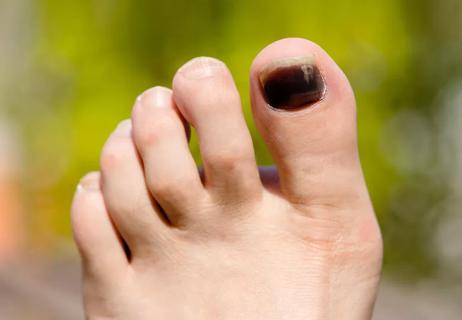
A few precautions can keep your toenails from turning black and falling off
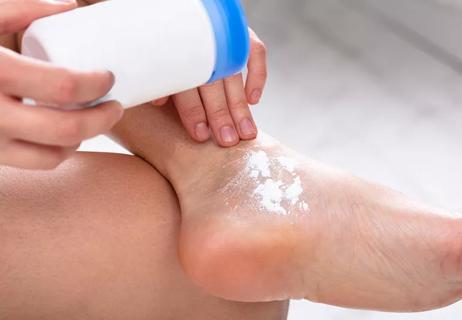
Sweat plus bacteria equals sour-smelling feet
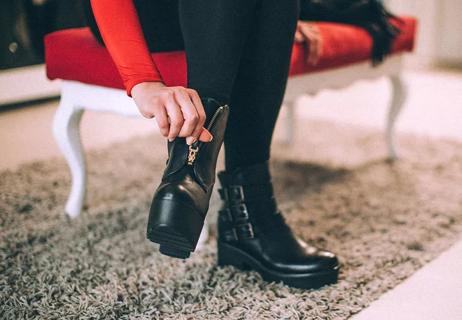
If they don’t fit well in the store, they won’t fit any better at home
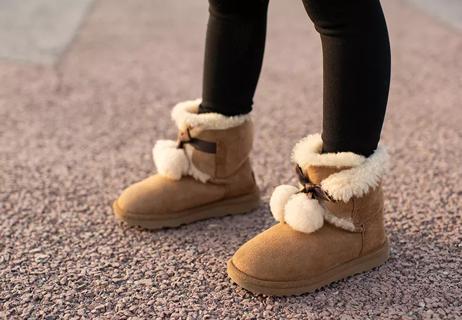
The lack of arch support in the popular footwear can lead to numerous aches and pains
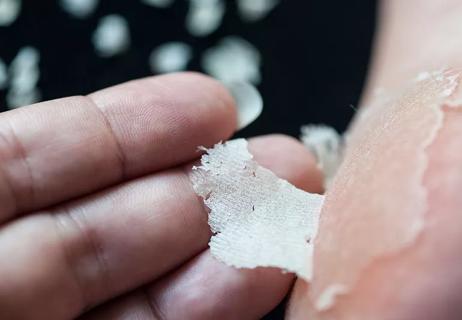
How to slough off that dead skin for softer, smoother feet
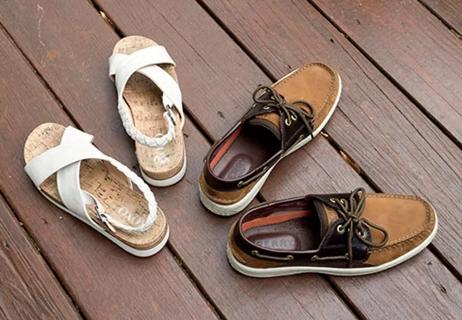
Keep stepping through summer with this good-for-your-feet footwear guide

Give your nails a chance to breathe, stay healthy
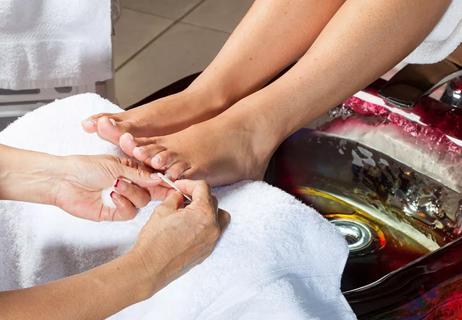
Make sure your salon is clean and sterilizes its instruments

Type 2 diabetes isn’t inevitable with these dietary changes

Applying a hot or cold compress can help with pain